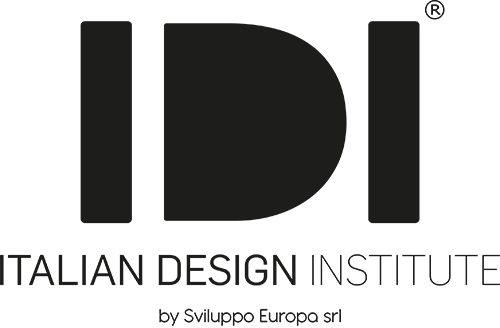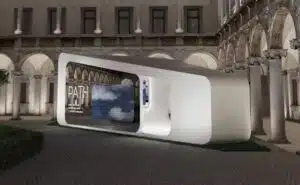In recent years, the figure of the Lighting Designer has become of paramount importance for any design project, as it must be able to control the design that underpins a good lighting.
Indeed, the designer must be aware of how much and in what way light influences places and people, without neglecting the fact that every space has its own specificitỳand in order to illuminate it in the most correct way, it must be analysed in depth: light with its characteristics must be examined and calibrated according to its interaction with colours, materials, as well as with the morphological and spatial values of an environment.
Light that narrates spaces
Experience and competence of the Lighting Designer are used not only in plant design, but also in the service of communication: choices in this field do not merely create scenic effects, but change the positioning of a point of sale and thus attract potential customers.
First and foremost, while the first impact with a well-lit shop window is from the inside, the right lighting emphasises the products. Not only that, a expert lighting designer adopts the choices most in line with the shopping experience, in fact the right lights will suggest to the customer which route to take.
Finally, appropriate lighting in the working environment also creates a feeling of serenity among employees, which has positive repercussions on their interactions with consumers; attention to people and human activities is therefore at the centre of the lighting designer.
A further and not insignificant advantage, especially when innovation is synonymous with LED technology, will be in terms of the environment and spending, earning the ability to boast a green conscience.
The IDI Course in Commercial and Residential Lighting Design
The course in Commercial and Residential Lighting Design IDI aims to deepen, both theoretically and practically, all the specific topics for correct lighting design in both commercial and residential spaces in order to create a skilful play of light and shadow and emphasise the fundamental elements of the surrounding environment.
The course is aimed at architects, engineers, designers and planners who wish to become part of this professional field and deepen their knowledge.
The Lighting Designer specialising in commercial and residential spaces can work as a freelancer, with architecture and design studios or collaborate with lighting shops.
Working in lighting design means learning a universal, international technical language that is indispensable for describing all aspects of the use of light.
Knowledge of terminology and symbolism in this field is fundamental and retains a scientific rigour that makes it easier to understand phenomena and theories.
One of the most complex things in the work of the lighting designer is to graphically represent a project, which is only possible with the help of a computer and dedicated CAD software: thanks to these increasingly advanced specific software, it will be possible to design and make all lights interact with each other, creating a comfortable and harmonious environment.
Each individual space will be designed and conceived by calculating the right light intensity, the colour of the light itself and also the direction and width of the light beam.
The training activities are articulated and distributed over 40 hours in the classroom and 45 hours of project work to develop a commercial and/or residential lighting design project following the outline issued by the lecturer. At the end of the course, two attendance certificates will be issued: the first for the classroom phase and the second for Project Work.
IDI Higher Education in Design
IDI higher education courses allow students to engage with top-level teachers and designers, providing the ideal vehicle for those who want to enhance their knowledge and travel at high speed.
With academic programmes designed to provide solid skills, IDI's courses are aimed at acquiring in-depth technical and design skills, which create the prerequisites for a rapid entry into the labour market.
The immediate enrichment of the portfolio and the production and dissemination of the student's CV and video CV by Italian Design Institute are fundamental elements to support our trainees.
All design courses organised by IDI take place in Milan, Turin, Rome and Florence, but there is also an online version of them and they are taught by highly professional lecturers in collaboration with partner companies.
In order to become a professional designer, it is essential to undertake a training course that combines theory with constant practice of the concepts learnt in the classroom.
For this reason, each pathway in the IDI offer is divided into two essential phases: the first involving a theoretical-practical approach to the lessons, and the second consisting of project work and company internships.
In addition to the preliminary lessons and the full-time classroom phase, there is a period of project work, during which what has been learnt can be put into practice and the methodologies studied can be applied, all supervised by experienced tutors to ensure the final success of the practical work.
The subsequent internship period at IDI partner companies is an exceptional opportunity for students to put into practice and experiment what they have learnt in the classroom, experiencing a stimulating fieldwork experience full of application opportunities.
Click here to fill in the information request form on the website and we will contact you within a few days!




